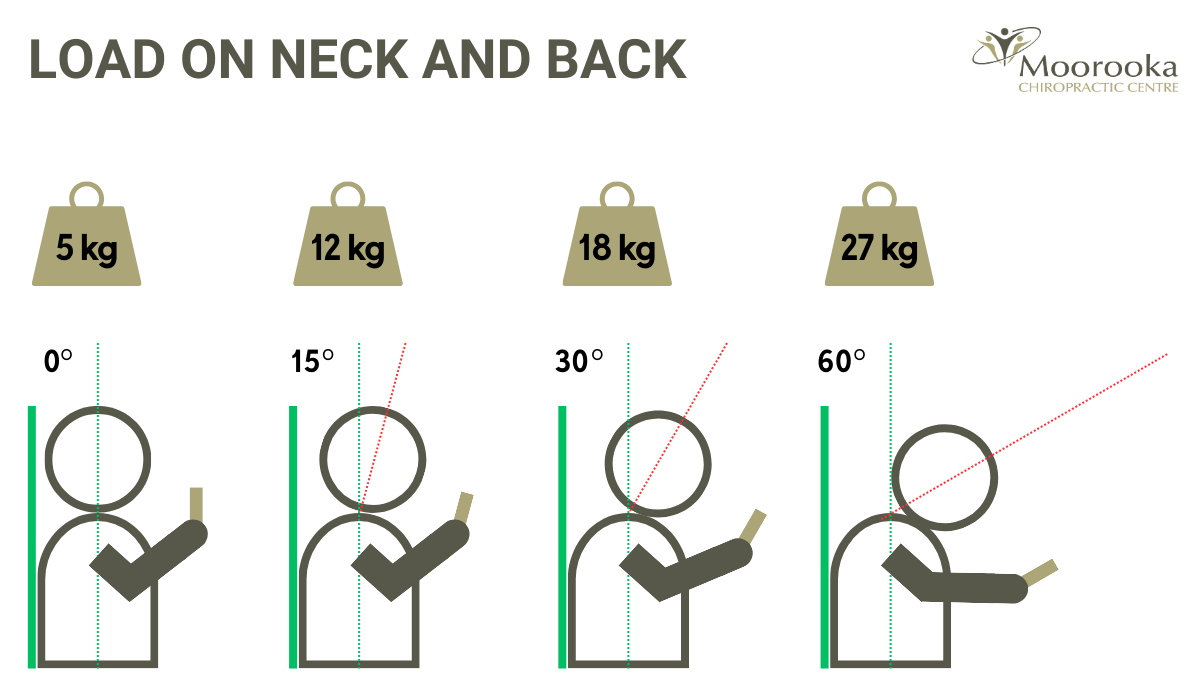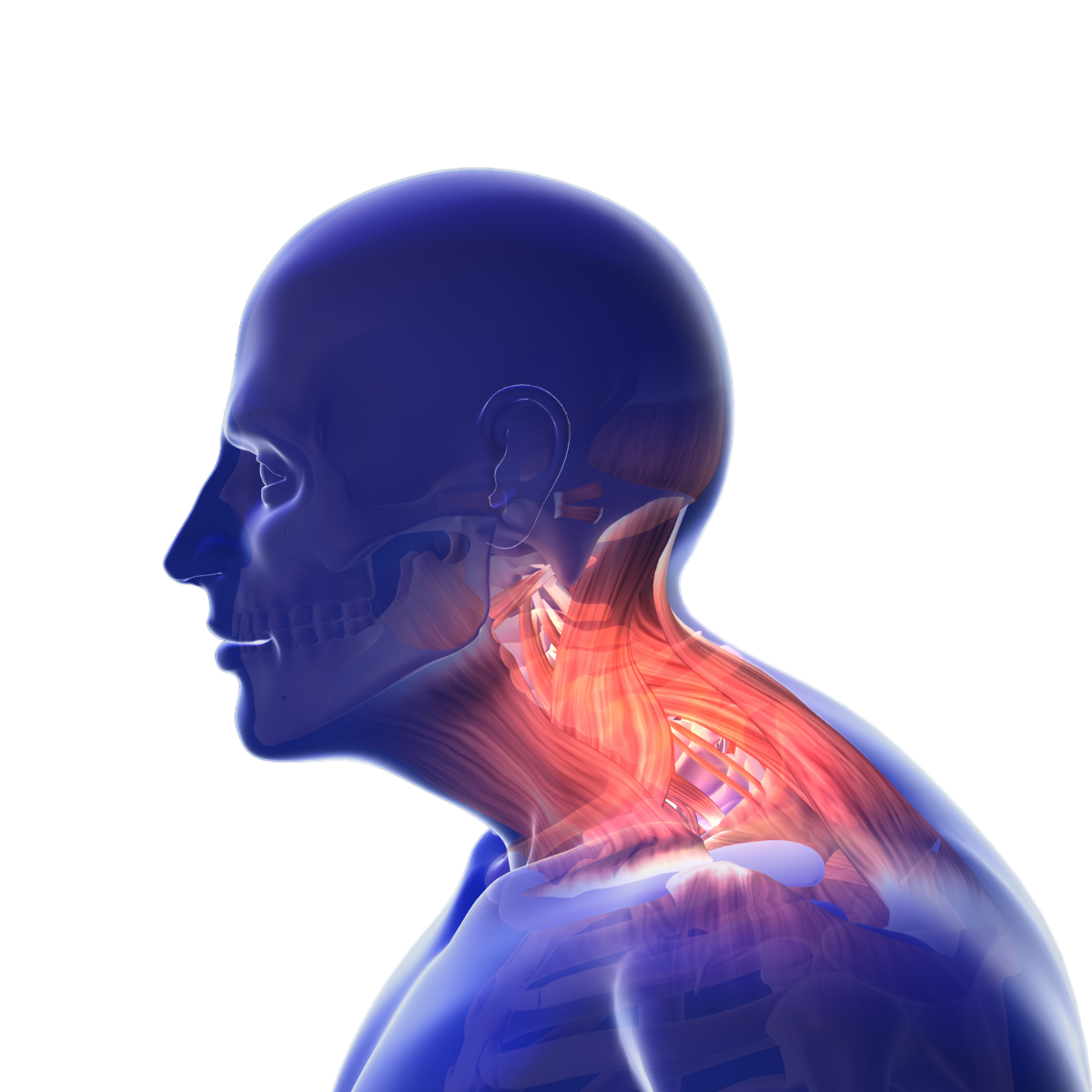Forward Head Posture is a common condition characterised by the protrusion of the head forward in relation to the shoulders. It affects people of all ages and can lead to various health issues if left untreated. According to a study published in the European Spine Journal, approximately 66% of the population suffers from Forward Head Posture to some degree, highlighting the significance of understanding and addressing this condition.^[1]
In this article, we will delve into the causes, symptoms, and consequences of Forward Head Posture, as well as provide actionable tips to overcome it and mistakes to avoid.
Causes of Forward Head Posture
-
Sedentary lifestyle: prolonged sitting, especially with poor posture, contributes to the development of FHP.
-
Excessive device use: constantly looking down at smartphones and computers can strain the neck muscles and exacerbate Forward Head Posture.
-
Improper ergonomics: poor workplace ergonomics, such as an improperly adjusted chair or desk, can contribute to Forward Head Posture over time.

Symptoms of Forward Head Posture
-
Neck pain: Forward Head Posture can lead to chronic neck pain due to the strain on the cervical spine.
-
Headaches: misalignment of the head and neck can result in tension headaches.
-
Reduced range of motion: Forward Head Posture limits the range of motion in the neck, affecting everyday activities like driving and turning the head.
Consequences of Forward Head Posture
-
Muscle imbalances: Forward Head Posture can cause muscle imbalances in the neck and shoulders, leading to further postural issues.
-
Degenerative changes: over time, Forward Head Posture can contribute to degenerative changes in the cervical spine, potentially leading to conditions like cervical spondylosis.
-
Breathing difficulties: Forward Head Posture can compress the airways, making it harder to breathe deeply and efficiently.
Actionable tips: corrective exercises and chiropractic care
Performing specific corrective exercises can help improve posture and alleviate Forward Head Posture:
-
Chin tucks: sit or stand with your back straight, gently tuck your chin in towards your neck, hold for a few seconds, and release. Repeat several times throughout the day to strengthen neck muscles and improve alignment.
-
Neck stretches: gently tilt your head to one side, bringing your ear towards your shoulder until you feel a stretch on the opposite side of your neck. Hold for 15-30 seconds, then switch sides. Repeat several times to relieve tension in the neck muscles.
-
Chiropractic care: regular adjustments can assist the nerve/joint/muscle complexes throughout the neck by freeing up stiff joints, stimulating nerve feedback to the part of the brain controlling posture, and helping reduce muscle tension.
Mistake to avoid: ignoring posture
One common mistake people make is ignoring their posture until they experience pain or discomfort. It's important to be proactive about maintaining good posture to prevent the development of Forward Head Posture and other related issues.
In conclusion, Forward Head Posture is a prevalent condition that can have significant implications for physical health and well-being. By understanding the causes, symptoms, and consequences of Forward Head Posture, as well as implementing corrective exercises and maintaining proper posture, individuals can take proactive steps to overcome this condition and improve their overall quality of life.
^[1] Cho, C. Y., & Hwang, B. Y. (2016). Analysis of forward head posture and its associated factors in adults. European spine journal, 25(11), 3577-3584.

